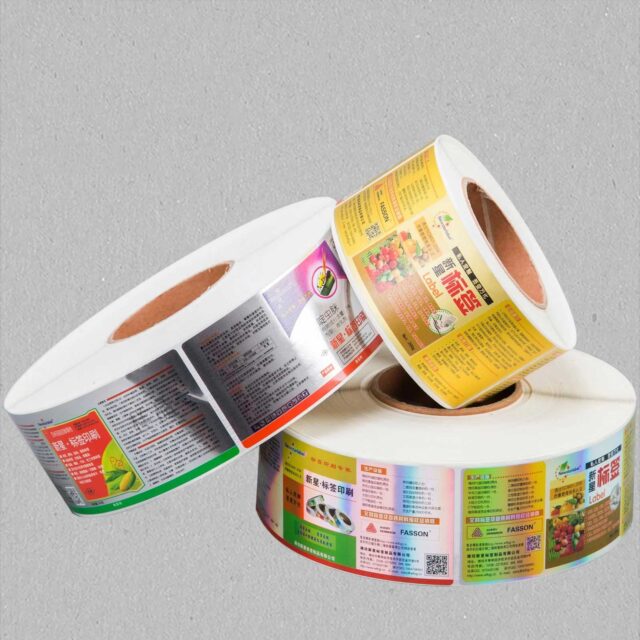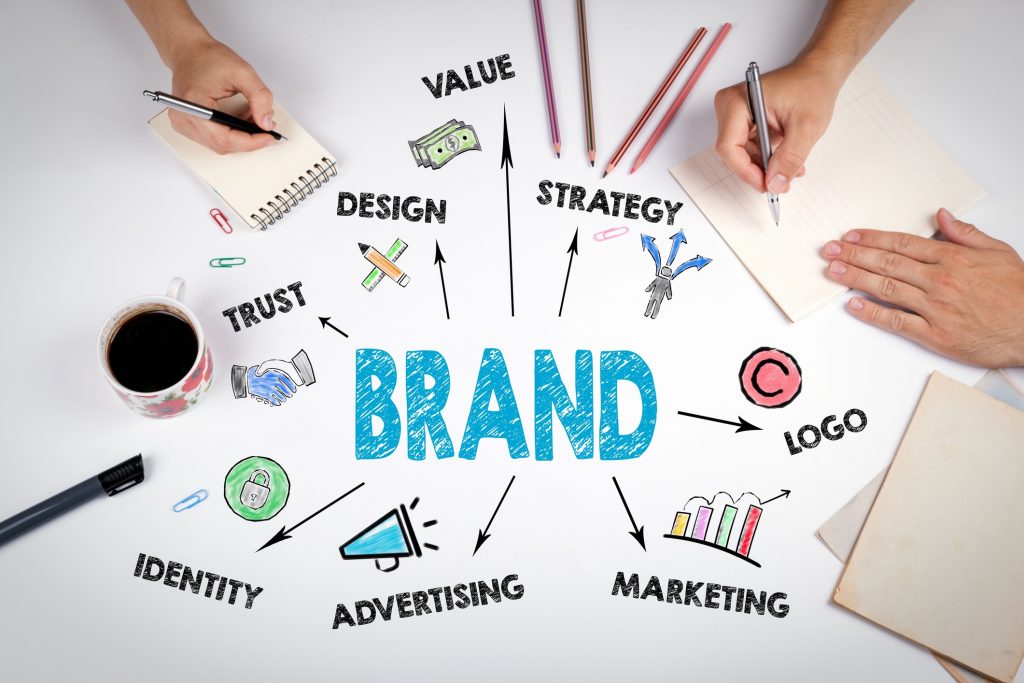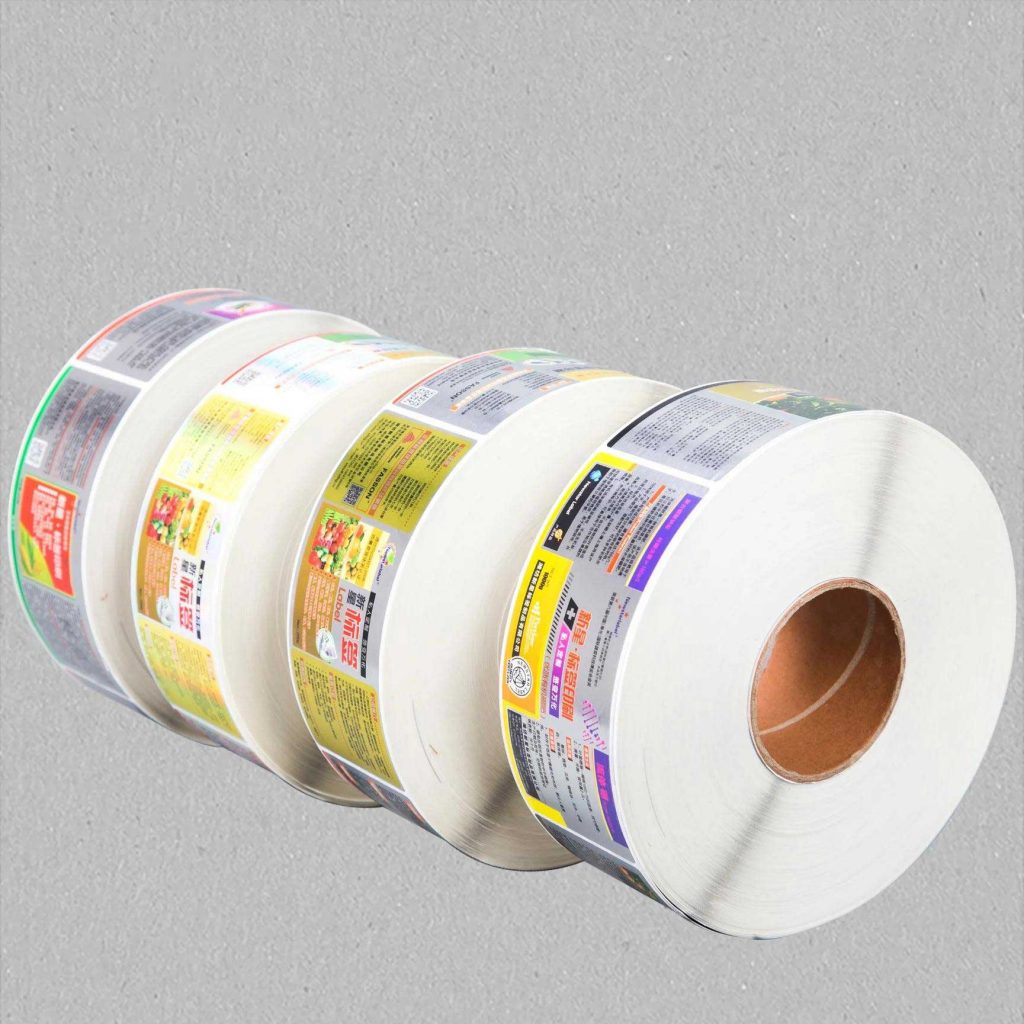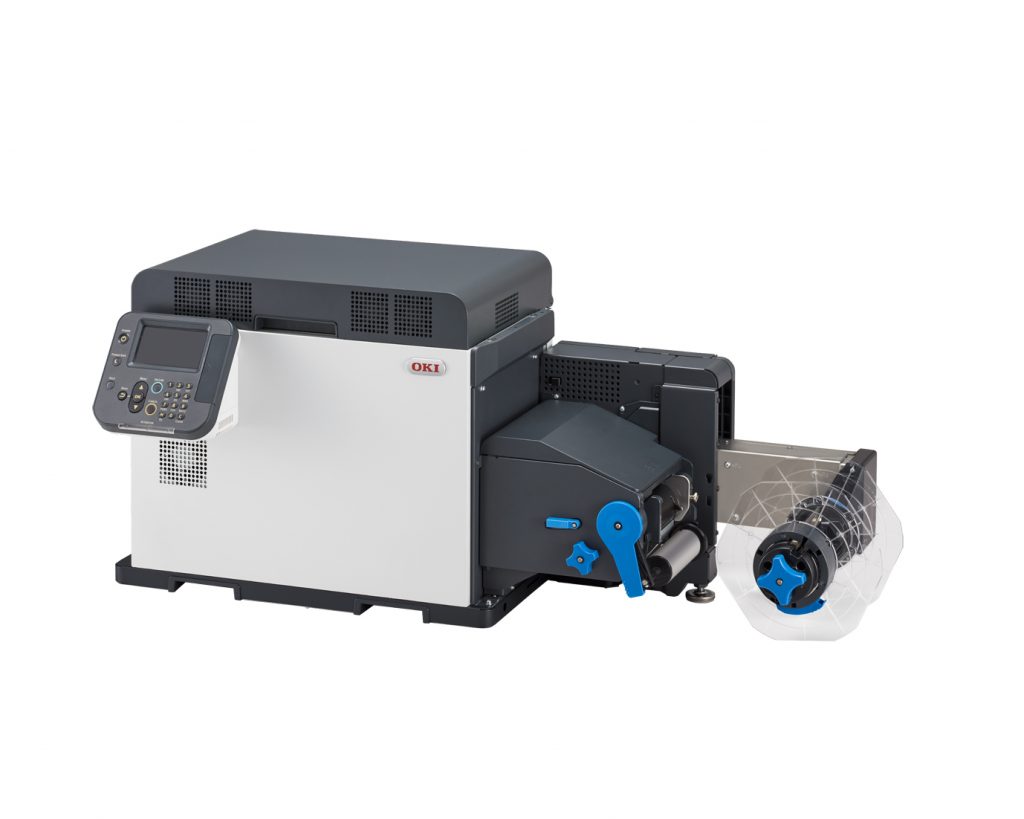
Custom self-adhesive labels are a perfect marketing tool: they help you attract, inform and retain your customers by making your brand easily recognizable. Besides, using bland/generic product labels does not send a good message to potential buyers. People are visual beings, so your product design will be what sells it in the first place.
Well, if you’re ready to grow your business with the help of custom-made labeling, we’re here to help you! In this short guide, you’ll learn everything you need to know to start printing your own product labels, so keep on reading for more info.
1. You’ll need a branding strategy

Before starting the designing process, you need to make sure everything is in line with your original branding aesthetic. If you still haven’t decided what your brand colors are, or which fonts you’ll use, it’s time to do so. Remember, you don’t want something overly complex: the simpler it is, the better. You want everyone who comes across any of your products to know it’s you! It’s not just about the logo, it’s everything from your choice of shapes, stylings, and color, to more complex things like your overall message and company mission. Everything needs to be consistent and easily recognizable.
Take big brand-names such as Pepsi for example-you’ll know it’s them from just glancing at the label. You don’t even need to search for their products at the store, you can recognize them from miles away! That’s what effective branding looks like, and it’s something everyone should aim for, no matter how small their business is.
2. Quality design software
After you’ve determined the main branding concept for your business, it’s time to put it into action. Get yourself high-quality design software and an experienced graphic designer to help you maneuver it. Again, don’t overload your label design with too many details. It should be simple, yet effective enough to stand out from the competition. Besides that, don’t forget to include the most important product information on it: your first-time customers have to know exactly what your product is right after taking a single look at the label.
Seek a reliable graphic designer to help you with this task, especially if you’re aiming for a unique design (as you should), and you have nobody on your team who has experience with this type of thing. If you’re working on a tight budget, you could always use those open-source software solutions you can find online. However, these can highly limit your design options, so go for them only if you have no other choices available.
3. High-quality self-adhesive labels

Once the design is complete, you’ll need something to print it on! Finding the right labels depends solely on your specific needs and requirements. Make sure to take proper measurements to determine the dimensions you’ll need for your products. We also recommend ordering your labels in larger bulks, especially if you’re trying to save some money.
Ensure you choose a reliable supplier like www.labels123.net that can provide you with the label quality you need. Ask for a sample if possible and read up on some online reviews and ratings before you place your order.
Overall, getting high-quality labels should be your primary concern. You don’t want them coming off during shipment or getting ruined too easily. Besides that, they should be easy to apply and reapply whenever you need them. So, remember to do your research, and never get too hasty with an order: there are plenty of options out there.
4. Label templates
Most labels come with built-in printing templates that are used to make the entire process as easy and quick as possible. Even if that’s not the case, you can get them as stand-alone products to help you with the printing, especially if you’re planning on using a regular printer for your labeling needs.
All in all, you can’t print your design without a proper template. The design would simply not be positioned where you want it to be: your printer can’t read your mind. You can use both premade Word and PDF templates or ask your supplier for their custom ones to ensure even better results.
Again, make sure you’ve found the appropriate template before attempting to print it all out. If your supplier can’t provide you with one, look online until you’ve found what fits your labels correctly. Do not go overboard with the shape of your label (if you can help it), as it will only make printing harder in the long run.
5. A decent printer

Make sure to check whether your printer is suitable for this type of printing or not. Check your user manual to see find out if your printer is designed to handle printing on self-adhesive labels before proceeding with your order.
If you’re not sure even after checking your manual, do some online research instead. You can find many useful tips and tricks for self-adhesive label printing pertaining to a specific printer model, so keep on looking!
If you’re unable to get your design printed with your own printer, you could either upgrade to a new model or get professional printing services to handle the job for you. In the long run, if you decide to keep self-adhesive labels as a regular part of your marketing strategy, you’re better off getting a brand new printer instead of paying for professional services every time you need new labels.
The bottom line
You only need five things to get your custom product labels made:
- A consistent, long-term branding strategy
- Design software and some help from a graphic designer
- Blank self-adhesive labels that will fit your product container perfectly
- Some label templates to make printing easy and precise
- A suitable printing device
Once you have these, the printing can begin! Again, make sure to do your research, and always compare all the different available options before making your definitive choice. In this way, you’ll undoubtedly get everything you hoped for and more!









